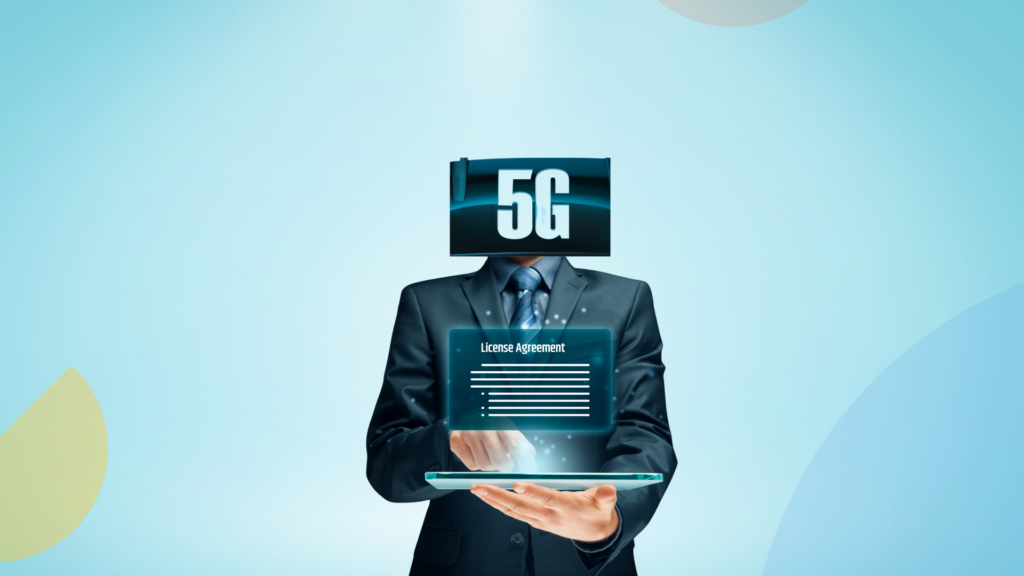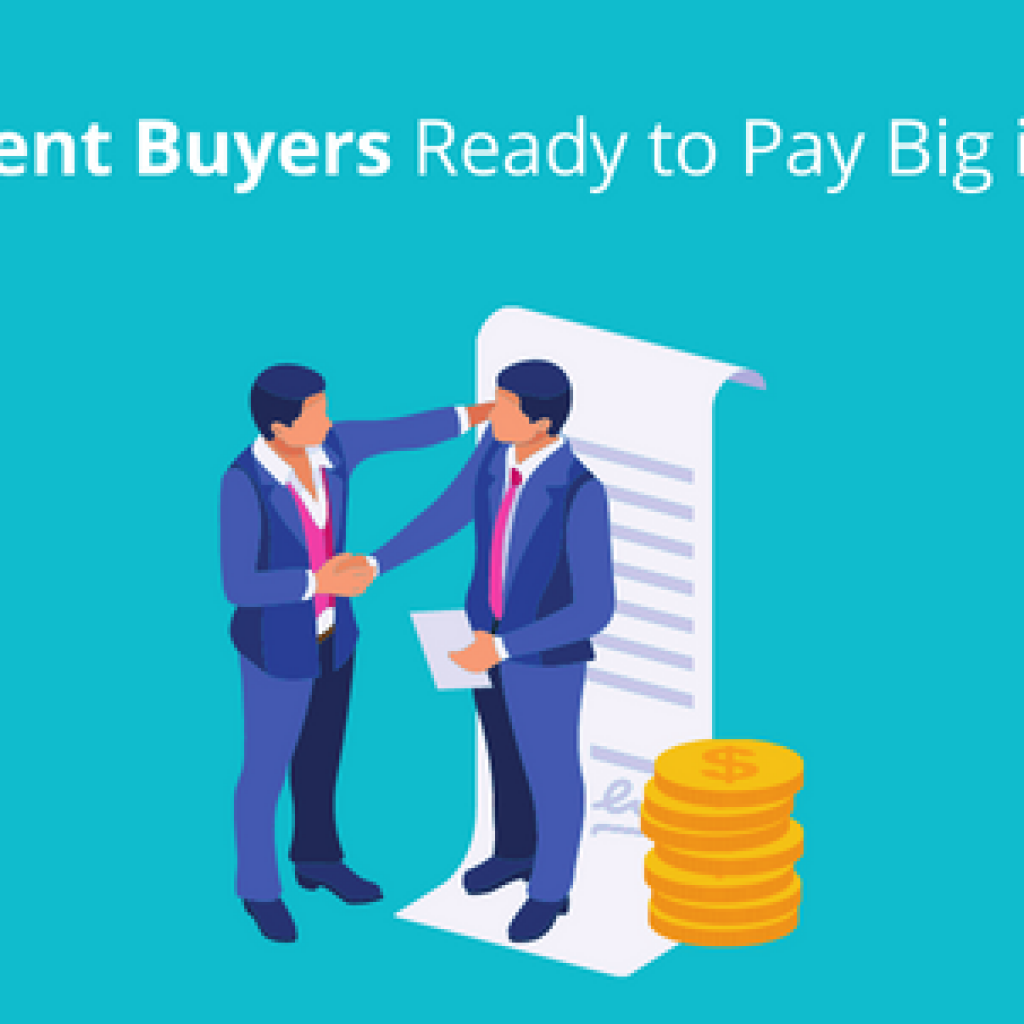You will agree when I say it’s not always the hard work that leads you to success. Experience plays its sweet role by equipping you with abilities to make decisions that optimize and simplify a task which may be difficult otherwise.
And when you combine such optimization with the art of smart work, you can carve out not smart but smarter solutions.
Today, I would like to share such a combination of task optimization and smart work that I used during a patent validity analysis. It helped me find the closest prior art during patent validity analysis in hours which could have taken a few days otherwise.
This learning is coming from a recent project where we found the target patent to be in IPR where lots of companies were involved as a petitioner. We got the IPR documents from PTAB which gave us an understanding of where the petitioners were lacking with their prior art.
In the proceedings, the petitioner tried proving the combination of one patent with an IC datasheet as prior art. The examiner agreed on that combination as the same IC was referred to in the patent as well but raised a concern on the publication of datasheet– It was published after the publication date of the patent.
This raised question on the suitability of the datasheet presented to reproduce the required function at the priority date.
We shared this observation with our client and after exploring a bit (particularly the datasheets of the same company); we got the datasheet of the same IC published before the priority date of the patent. Though we haven’t received any response from the client yet, ideally it will work as it was accepted during IPR as well.
Why I shared this information that is meant to be kept as a secret is because I believe in sharing knowledge. If we find something remarkable, and we keep it to ourselves and not share it with the other people of the domain who might be facing a similar problem, the knowledge is of no use then.
If we find something remarkable, and we keep it to ourselves without sharing it with others facing a similar problem, the knowledge is practically pointless.
After all, true knowledge is something everyone benefits from. As they say it, sharing is caring.
Here is another similar story where my colleague Arindam used the concept of 3G and GSM to invalidate 4G LTE patents.
Authored by: Nikhil Gupta, Manager, Patent Search Team










